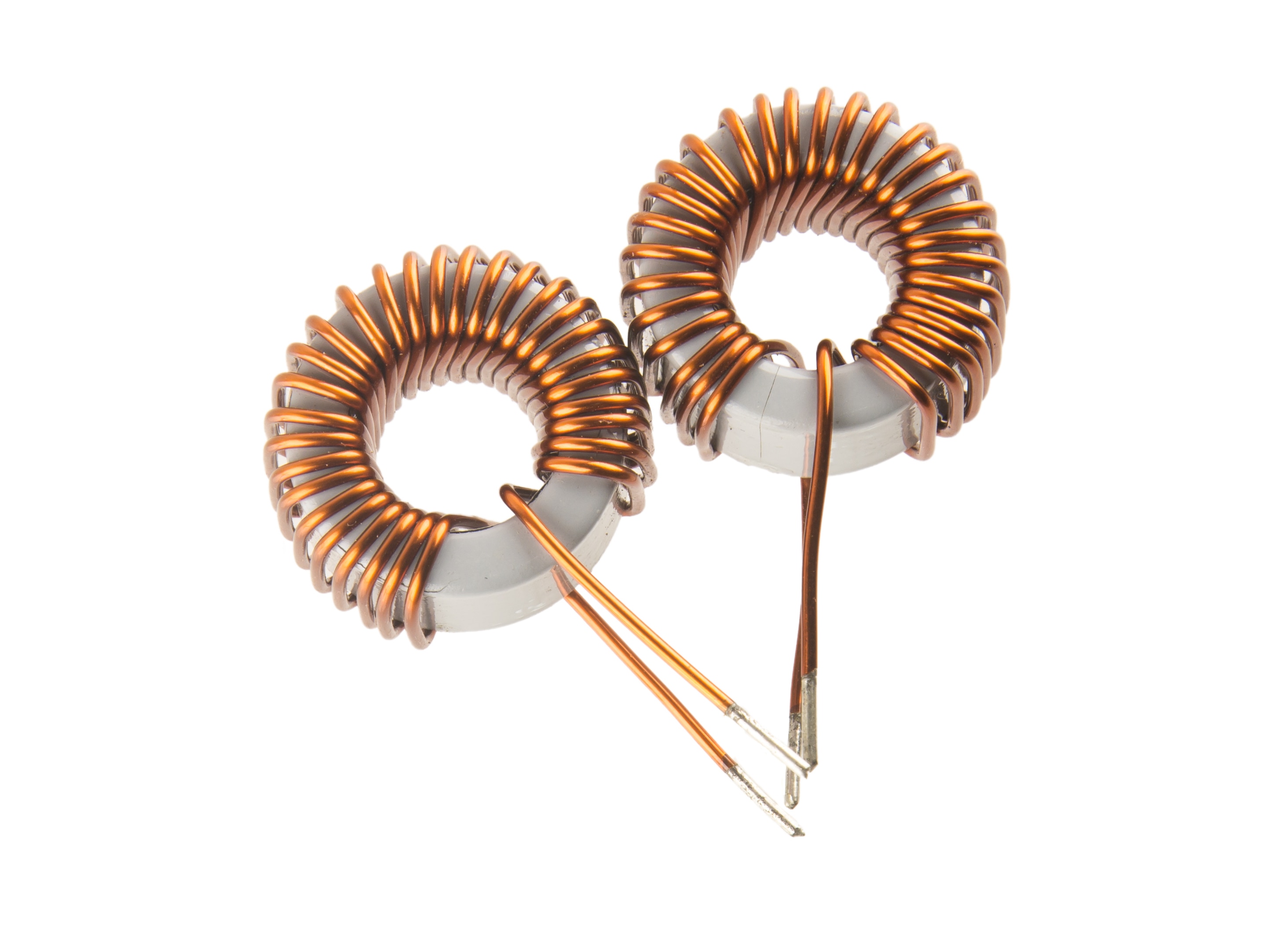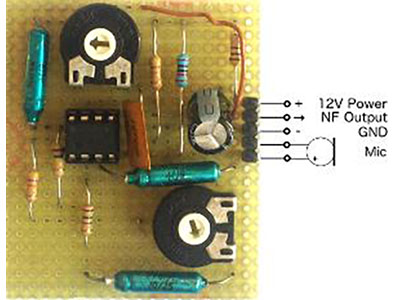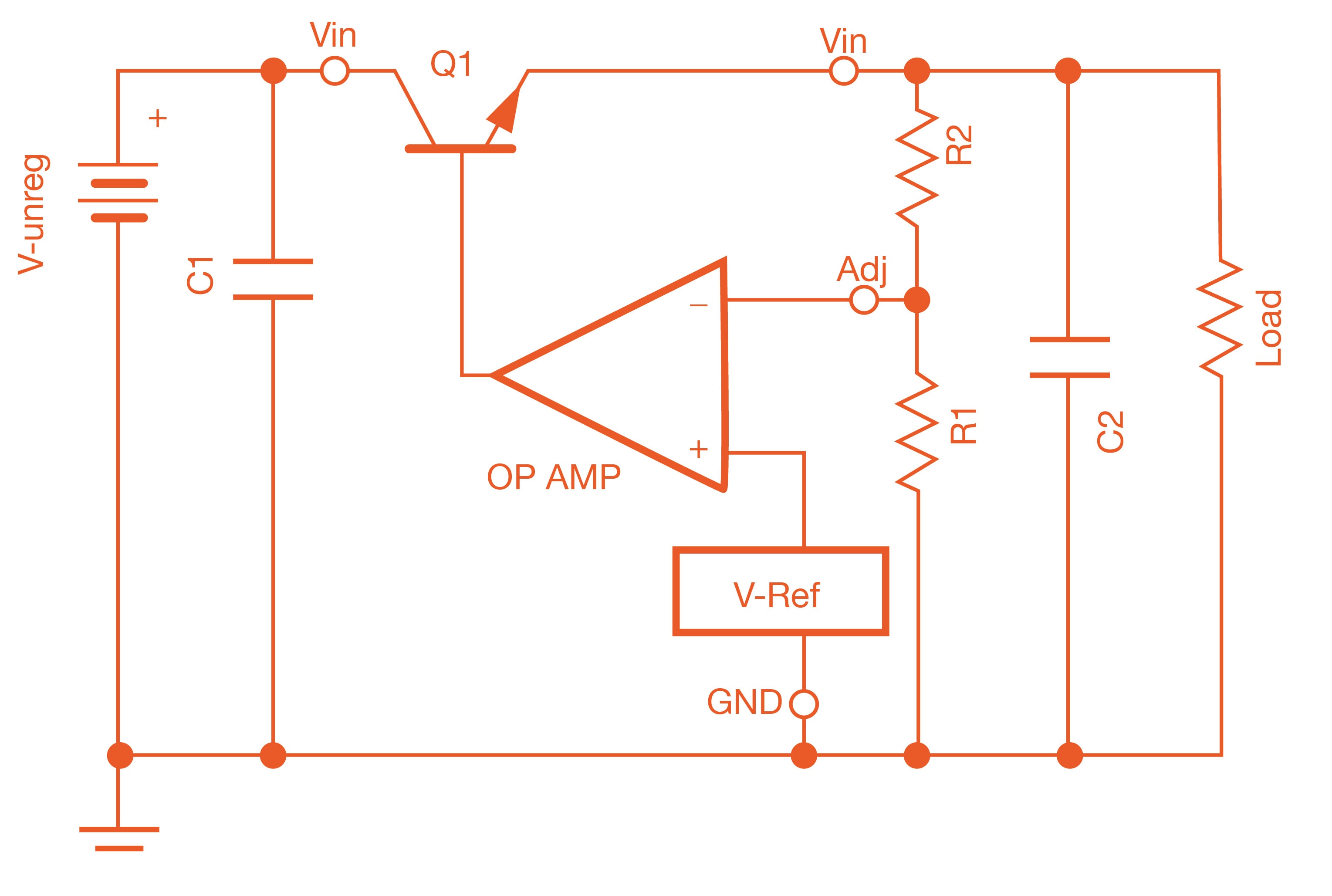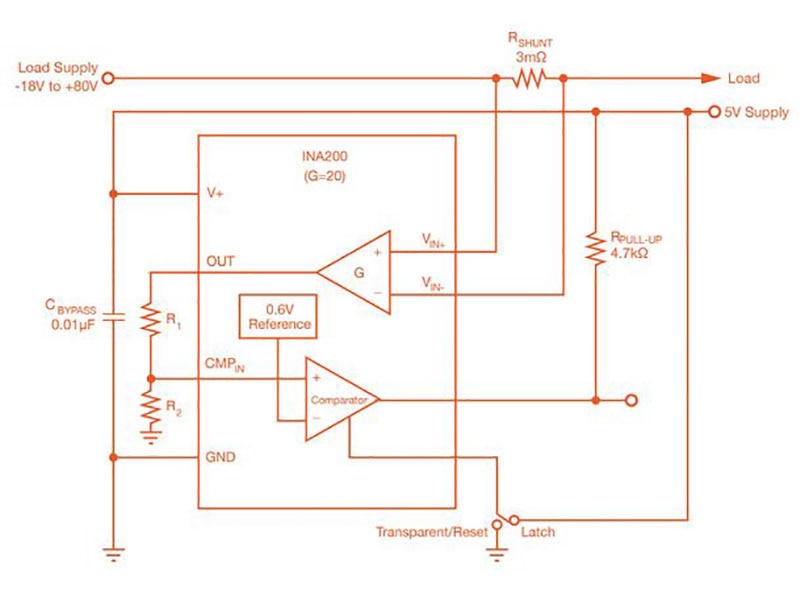Unlocking Amplifiers: Types and Wonders!
2024-11-04 | By DWARAKAN RAMANATHAN
What's an Amplifier?
Amplifiers are like boosters for electrical signals. They take a weak signal and make it stronger, whether it's increasing the power, voltage, or current. Think of it as turning up the volume on your favorite song or making a faint radio station come in loud and clear. You'll find amplifiers everywhere, from the speakers in your phone to the antennas that bring Wi-Fi to your devices. They're essential for making sure signals can travel long distances without getting lost or distorted along the way.

What are the types of amplifiers?
There are three major types of amplifiers used widely. These are Voltage Amplifiers, Current Amplifiers, and Power Amplifiers.
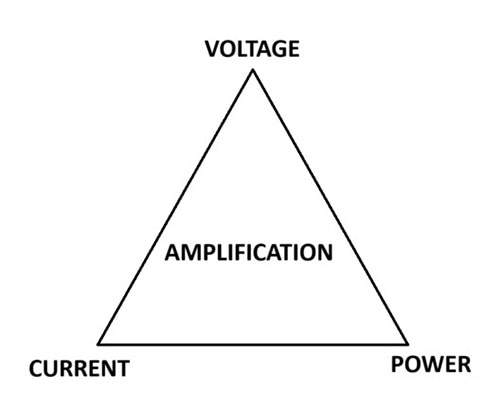
Voltage Amplifier:
A voltage amplifier is one that produces an output signal with an increased voltage level when a low voltage signal is input to it. A voltage amplifier is used in such applications where we need signal transmission at higher voltage through a long wire. Therefore, the voltage amplifier is similar to a transformer in the sense that it can increase the voltage level of a signal.
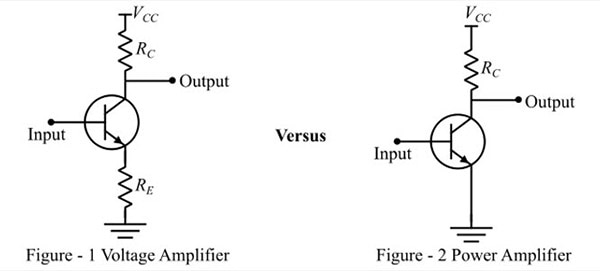
A typical circuit of a voltage amplifier is shown in the above figure. It consists of one BJT (Bipolar Junction Transistor) and two resistors. Basically, a voltage amplifier is designed to achieve the highest possible voltage gain. Where, the voltage gain of a voltage amplifier is simply the ratio of output voltage to input voltage, i.e.

A voltage amplifier draws a very small amount of power from the load. For these amplifiers, the input signal has a very small magnitude, for this reason, a voltage amplifier is also called a small signal amplifier. The voltage amplifiers are used in various applications such as in wireless communication, broadcasting of signals, and audio equipment like speakers, etc.
Power Amplifier:
As its name implies, a power amplifier is an electronic device that boosts the power level of an input signal. The circuit diagram of a typical power amplifier is shown in the above figure. It consists of a power transistor, as a normal transistor cannot be used in power amplification. Because, in a power amplifier, the transistor must be able to handle a huge amount of power. Since the power of the signal cannot be directly amplified. In actual practice, a voltage amplifier is placed before the power amplifier which increases the voltage level of the signal. This high voltage signal at the input of the power amplifier generates a high current signal, the product of which provides a signal of high power at the output of the power amplifier. Therefore, the gain of the power amplifier is given by,

Power amplifiers are extensively used in several applications like headphone drivers, TVs, mobiles, music systems, microwave ovens, etc.
Current Amplifier:
A current amplifier, on the other hand, increases the current level of an input signal while maintaining the voltage relatively constant. It takes a low-current signal as input and produces a higher-current signal at the output. Current amplifiers are frequently used in applications where a signal with higher current capability is needed to drive loads such as motors, LEDs, or other devices that require more current to function optimally. They are also utilized in sensor interfaces and signal conditioning circuits.
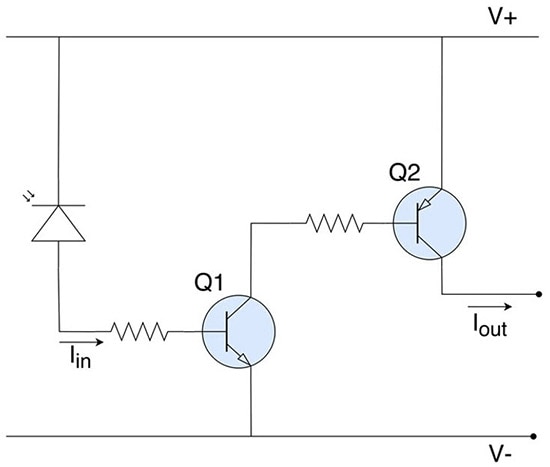
The above circuit diagram of a simple 2-stage current amplifier circuit that uses NPN and PNP transistors as the amplifying element. The photodiode absorbs energy from light and releases electrons, thereby acting as an input current source. This current from the photodiode is first amplified by the transistor Q1 and is further amplified by the transistor Q2. The resistors at the bases of both transistors are used to adjust the gain. The number of times a signal is amplified is the same as the stages in an amplifier. Here the current is amplified twice, so this is a 2-stage current amplifier. Coming to the calculation part, let’s say Id is the current flowing from the photodiode and (Ai1, Ai2) are the gains of transistors Q1 and Q2, respectively. The current at the output of the first transistor will be equal to Ai1*Id, and this will be the input to the second transistor. The second transistor Q2 will further amplify this signal by a factor of Ai2. So, the final output current will be equal to Ai2*Ai1*Id, effectively making a gain of this entire two-stage current amplifier equal to Ai2*Ai1.
Conclusion:
In conclusion, voltage amplifiers boost the voltage of a signal while keeping the current relatively constant, current amplifiers increase the current while maintaining voltage, and power amplifiers enhance both voltage and current to amplify the signal's power. Each type serves unique purposes, from powering speakers in audio systems to transmitting signals in telecommunications. Understanding these amplifiers helps in designing circuits tailored to specific needs, whether it's boosting audio signals for clearer sound or transmitting data over long distances with minimal loss.
Have questions or comments? Continue the conversation on TechForum, DigiKey's online community and technical resource.

